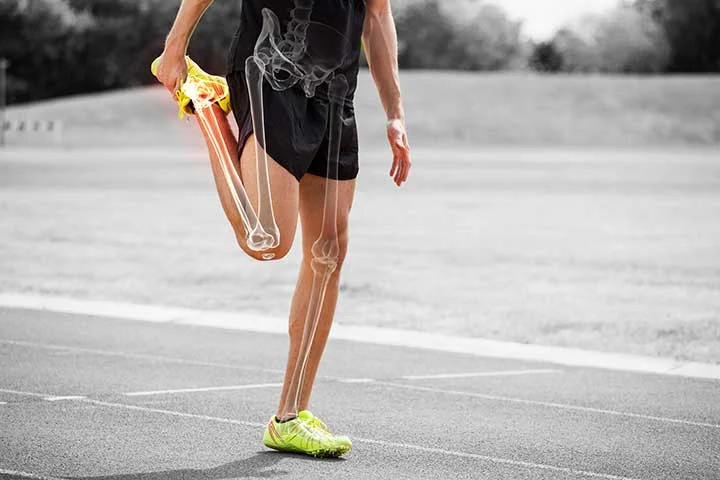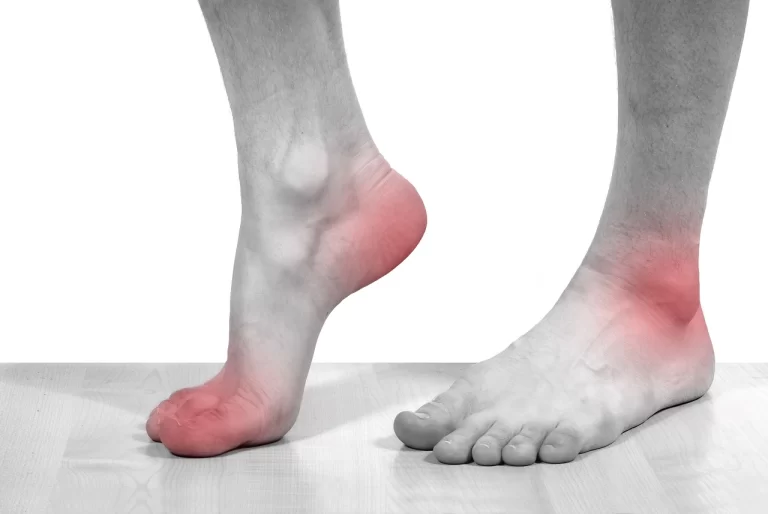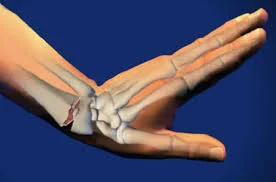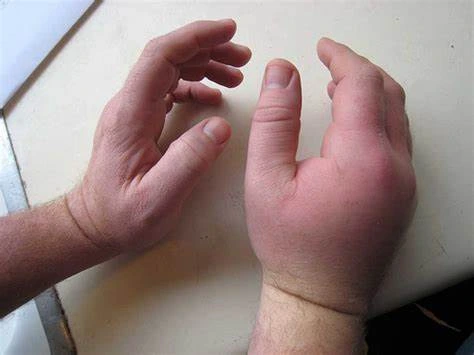Hamstring Injury Rehabilitation
A hamstring injury can also be named as a hamstring strain. It can be defined as an overextension or overexertion of the hamstring muscles causing tear or strain to the back of thigh or tendon muscles; hence affecting the muscles that help in leg or knee bending.
It is observed that athletes are at a higher risk to get hamstring injury than any other common person, as they perform physical exercises and activities more than anybody else like running, squatting, or jumping, kikking, sprinting, maneuvers to lengthen muscles or flex hips or extend knees, causing them inflammation that results in Hamstring strain or injury. There are three grades put forward to explain the hamstring injury:
The number one grade is Grade 1 that includes only slight strains or pulls on the tendons or muscles. The second grade is Grade 2 that includes only partial tearing on the tendons or muscles. The last grade is Grade 3 that includes the complete or whole rupturing on the tendons or muscles.
The injuries of Grade 1 take only a few days to heal, along with proper bed rest and physiotherapy. While, the healing for Grades 2 and 3 take a number of weeks and months, along with medical aid, required surgery, bed rest, and physiotherapy.
Moreover, if the injuries are recurrent to the strained muscles, especially in the case of athletes; the condition of the strain not only worsens but also deteriorates to the point that the recovery becomes difficult to be done early, as healing starts taking a longer time than before. Almost one-third of such injuries occur again during the first year when returned to physical activities subsequently, injuries also get worsen. The rate of recurring injuries is very high, suggesting that premature return of the athletes to physical activities because of insufficient return to the criteria of sport result in the escalation in level of recurring hamstring strains. Furthermore, a very important factor for the recovery of hamstring strain is a clinical guide and algorithm to clinical assistance for the assessment of the athletes, and their rehabilitation process of the hamstring strains.
The most frequent cause of losing playing time for athletes is proven to be hamstring strain in all kinds of competitions. In case of evaluation being made comprehensively, the assistance for a proper diagnosis and the recognition of the rehabilitation program required become more effective for the recovery of muscle tissues. In addition, it also essentially minimizes the recurring injury risk as well as optimizes the performance of athletes. In case of insufficient rehabilitation, athletes go through constant weakness in the muscle strains as well as to the changes adapted in biomechanics and pattern of motor for sports.
Additionally, the mounting evidence of the rehabilitation programs being incorporated to neuromuscular control are present. Along with that, eccentric strength training, neuromuscular control, and progressive agility are also more efficient when it comes to encouraging sports return and minimizing of injury. Functional tests as well as dynamic tests performed clinically are important for assessing the readiness level for returning to sports. Although, athletes are encouraged to opt for independent rehabilitation when they return to physical games for aiding the injury minimizing and recurring.
Guidelines proposed for the rehabilitation:
There were a number of guidelines proposed for hamstring strain’s rehabilitation. The rehabilitation guidelines for the hamstring strain suggest that there must be three phases for the rehabilitation. The first phase should be about pain alleviation, edema, and the control restoring of normal neuromuscular, along with fibers healing resulting from extreme lengthening.
The second phase should be about increasing the intensity of physical movements or exercises, training neuromuscular for higher speed, along with training of eccentric resistance in a position that is lengthened, for the preparations of returning to sports. While, the third phase was about neuromuscular training at very high speed along with training eccentric resistance in a position that is lengthened so that the athletes are ready to return to sports.
Symptoms:
The increase in intensity of exercises may cause an exacerbation of the symptoms. These exercises must be according to the potential and capability of each individual athlete so that the reports of pain must get improved. Moreover, this strategy results in an increase of stiffness as well as anxiety with physical movement.
Furthermore, exercises modifications, criteria for progression are very important to be considered for these strains, including the tendons of hamstring strains that are proximal-free.
Other Hamstring Strain’s strains may include:
If a sharp or sudden pain in the thigh’s back is observed, it can be a symptom of hamstring strain that must not be avoided.
In case of feeling a tearing or popping sensation in the thigh’s back, it is also a sign that must be considered as a symptom of the hamstring strain.
In a span of a few hours, if tenderness or swelling is observed in the strained area, it is also a symptom of the hamstring strain or injury.
If the discoloration or bruising or discoloration is observed in the strained area or the leg’s back, it is another symptom of the hamstring strain or injury.
If the patient feels like his/her muscles are weakening, he/she must not avoid it and consult the nearest doctor or physician to check if there is a hamstring strain in your muscles.
If the patient feels less capable of lifting or bearing heavy weights on the leg that is injured, then a doctor must be consulted as it can be a symptom of hamstring strain.
However, the mild symptoms that are also called as grade 1 symptoms can be very easily treated at home, but in case of severity of symptoms, the patient must consider a doctor.
Hamstring Strain Recovery & Treatment:
The recovery of the hamstring strain completely depends on the severity of the strain or injury. If the injury or strain would be slight or mild, the recovery would be completely done in just a span of several days. But in case, the strain is very deep, severe, or worsened due to any kind of physical activities, sports, or movements, it may result in a recovery that might take the duration of several weeks to even months for complete recovery from the hamstring strain or injury.
The initial treatment for the recovery of hamstring strain may include a 72 hours duration for the RICE therapy that takes place after properly sustaining the injury of the hamstring.
The recovery method is noted to be significantly swift through RICE method as mentioned above, as RICE suggests the following:
- R for Rest to avoid further injury.
- I use Ice to alleviate pain and swelling through cold compression.
- C for Compress the bandage to reduce swelling.
- And lastly, E for Elevate the knee in an upper position for further reduction in the swelling.
Moreover, gels, sports creams, medicated wraps, and parches have also been proven to be very helpful in alleviating pain for the swift recovery from the hamstring strain. Along with that, using NSAIDs for temporary time also proves to be very beneficial in reducing the inflammation of muscles. However, this is only for short-term use.
There is a disclaimer as well to make sure that the patient has a check up with his/her doctor for the primary care of using medicines, or at least consult a physician for the guidance of medications; whether it be oral or topical.
However, the injury can be worsened if the recovery exercises are overdone or the strenuous exercises are done excessively. This could be very harmful for the strain, instead of benefiting it. Although, stretching or exercises avoidance for a long time may also result in causing more harm to the strain than to heal or protect it. So, it is suggested by physicians as well as doctors to be very careful when it comes to exercises, as complete avoidance or even overdoing of exercises may result in similar consequences of harming or further worsening the strain. Whereas, doing exercises or stretching of muscles slightly every now and then without overdoing it can be very effective for the recovery from the hamstring strain; especially in case of athletes for them to return to their sports after a very short period of recovery. Hence, the exercises suggested for hamstring recovery have been proven to be very effective by various studies and healthcare professionals.
Moreover, there are various exercises suggested by the physiotherapists that serve as treatment including yoga, or simply walking. Walking is also very crucial and a mild physical activity that helps in regulating the muscles for a swift recovery from the hamstring strain. Yoga is also suggested by various healthcare professionals to be a mild and helpful recovery method for the hamstring strains.
Finally, it is suggested that everyone should be aware of the preventive measures and aid measures for hamstring strain, as mentioned above the methods of treatment like exercises, walk, or simply yoga to alleviate the pain, help the recovery procedure, and reduce the time for the healing of hamstring strain.







